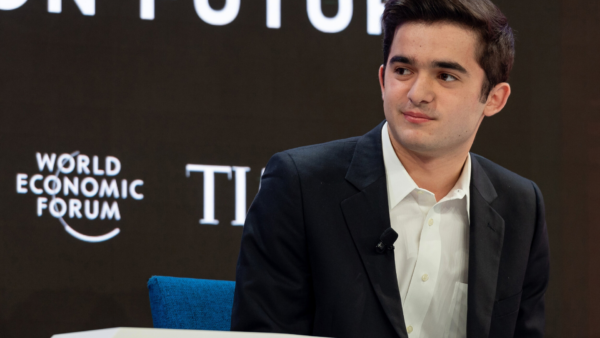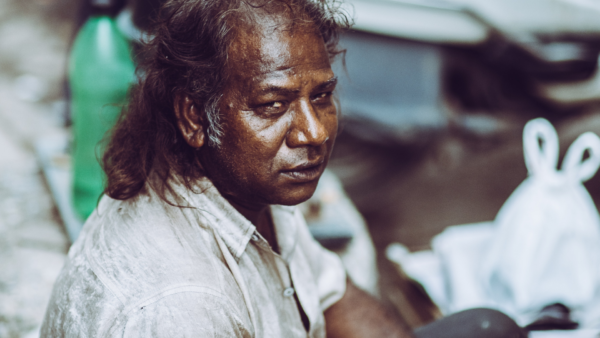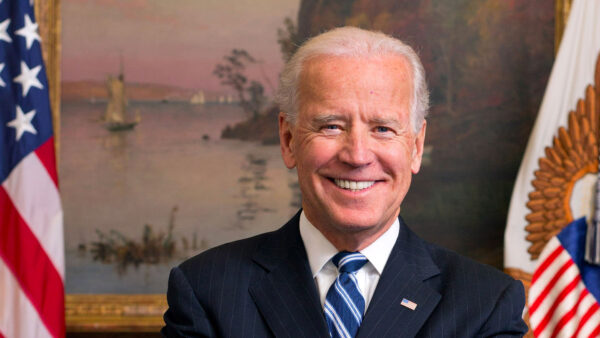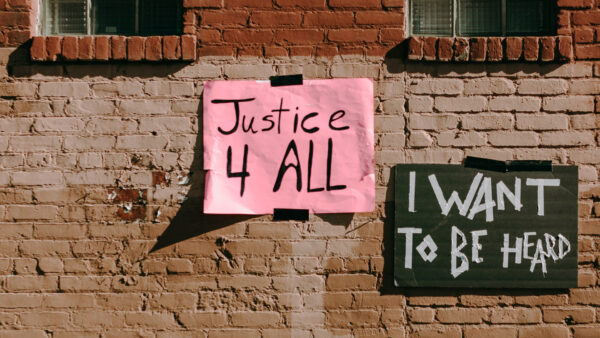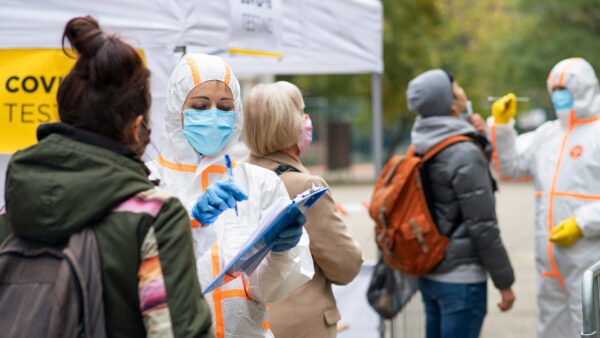Which SDG have we made the most progress on according to the UN?
Even before the outbreak of the pandemic, the United Nations has been one of the leading organisations which has been emphasising the need for a response to some of the world’s biggest challenges. The Secretary-General has called on the collective response of countries and people to tackle the scale of the problems which could have irreversible effects. This saw the introduction of 17 Sustainable Development Goals (SDGs) which provide a blueprint to achieve and provide a more sustainable future for us all.
However, since they were established in 2015, there has been one SDG which has been leading the way in terms of progress, while others have surprisingly stumbled. However, what is the SDG and what does its progress mean for the other SDGs?
Amongst the SDGs, climate action (SDG 13), education (SDG 4) and hunger (SDG 2) are just three goals which remain highly on the agenda. But it is one of the least recognised SDGs which is leading the way, even though it could hold the key which unlocks all the others. Partnerships for the goals (SDG 17) refers to the need for cross sector and cross-country collaboration in pursuit of all the goals by the year 2030.
With a total of 129 acceleration actions out of 291, SDG 17 has topped the list despite being one of the least known. However, this should not come as too much of a surprise.
Its vision calls for improved and fairer trade, as well as coordinated investment initiatives to promote sustainable development across borders. This strengthens corporation between nations across the economic spectrum and could open up new possibilities which could be used to accelerate progress on the other goals. It calls for the richer countries to take more responsibility and this shared framework is crucial in outlining a future dedicated to greater collaboration.
SDG 17 binds together many other SDGs as it encompasses many mobilising tools which could greatly impact them. These are split into the following five targets: Finance, Technology, Capacity Building, Trade and Systematic Issues. Incorporating these successfully will allow for greater development as it brings in the private sector and crucial resources as well as helping to make sure that every voice of the population is heard by decision-makers, particularly those from marginalised communities.
From this, it would make achieving the SDGs much easier, as these can help raise awareness and encourage greater action, especially in developing nations where they will be given the necessary resources they need to help make a difference. In turn, leading economies will be more accountable for their actions and this will strengthen the collaboration process.
There is no doubt that COVID-19 has spotlighted the flaws in our society that affects all of us. From inequalities such as poverty and gender to the growing threat of climate change, now more than ever, we are in urgent need to win the fight. The more focus put onto SDG 17, the more of a reality it will be to achieve the other 16 goals.
As we are now well into the Decade of Action for SDG implementation, the recovery from the COVID-19 is an opportunity for governments and stakeholders alike to Build Back Better their societies. The SDGs provide the platform to inspire and mobilise action that we have never seen before. So much progress has been made in a short space of time, but these next few years are the most important. SDG 17 can help promote the implementation of other SDGs while encouraging a more thriving environment in which all countries work cohesively.
To check out on the progress we have made, simply visit: https://sustainabledevelopment.un.org/sdgactions


